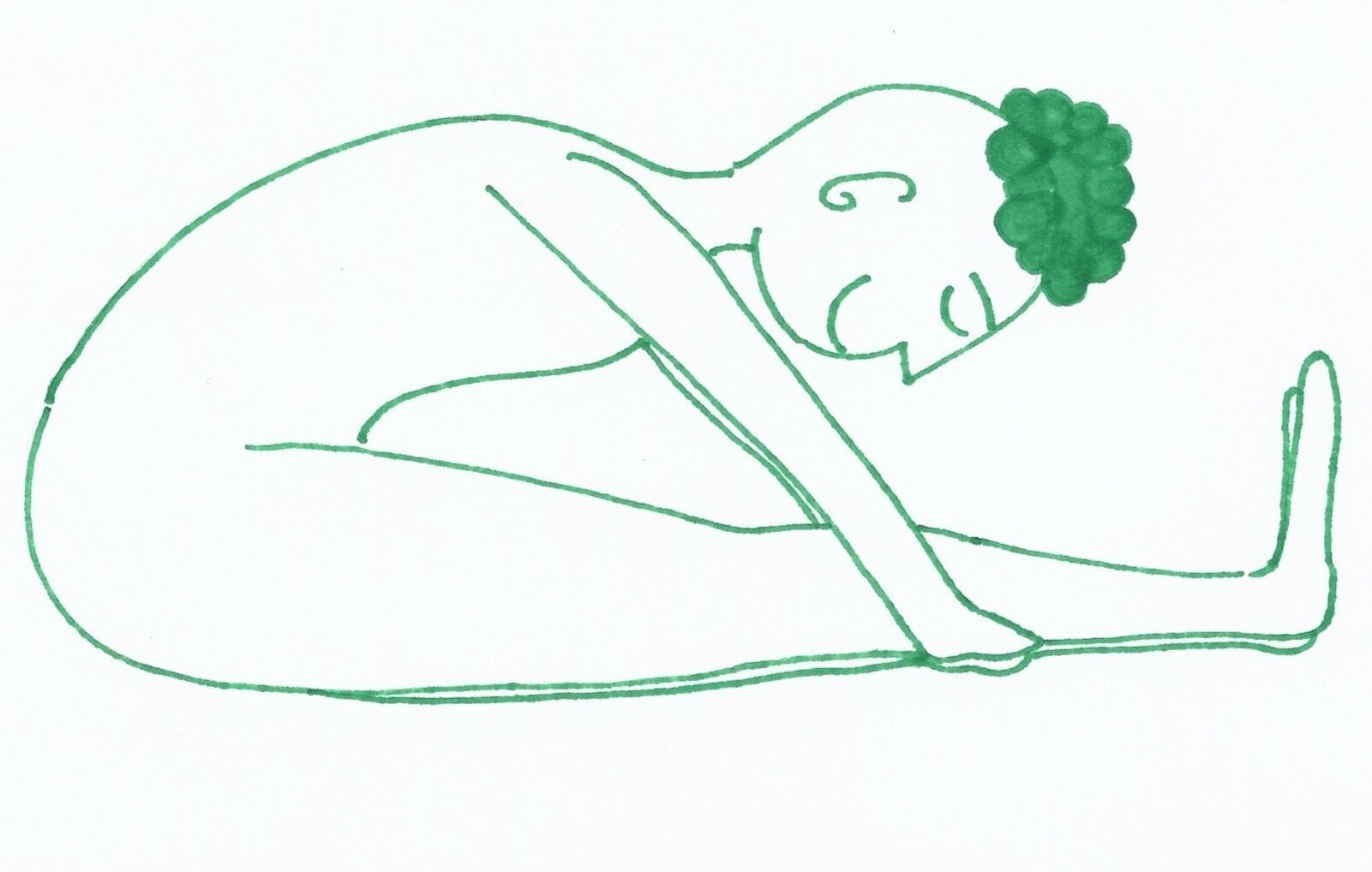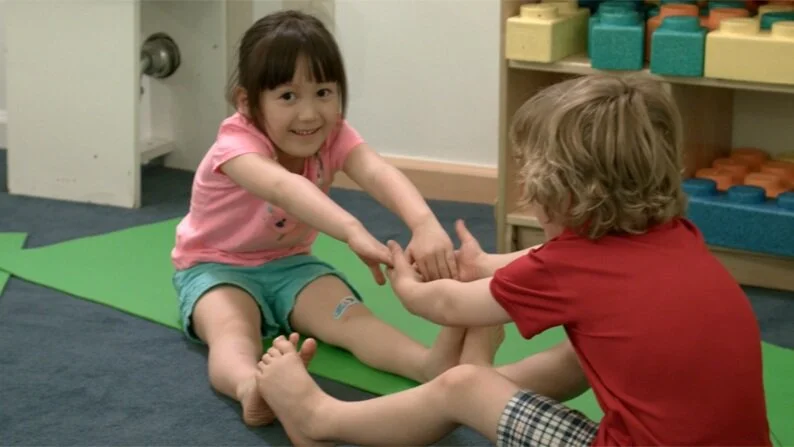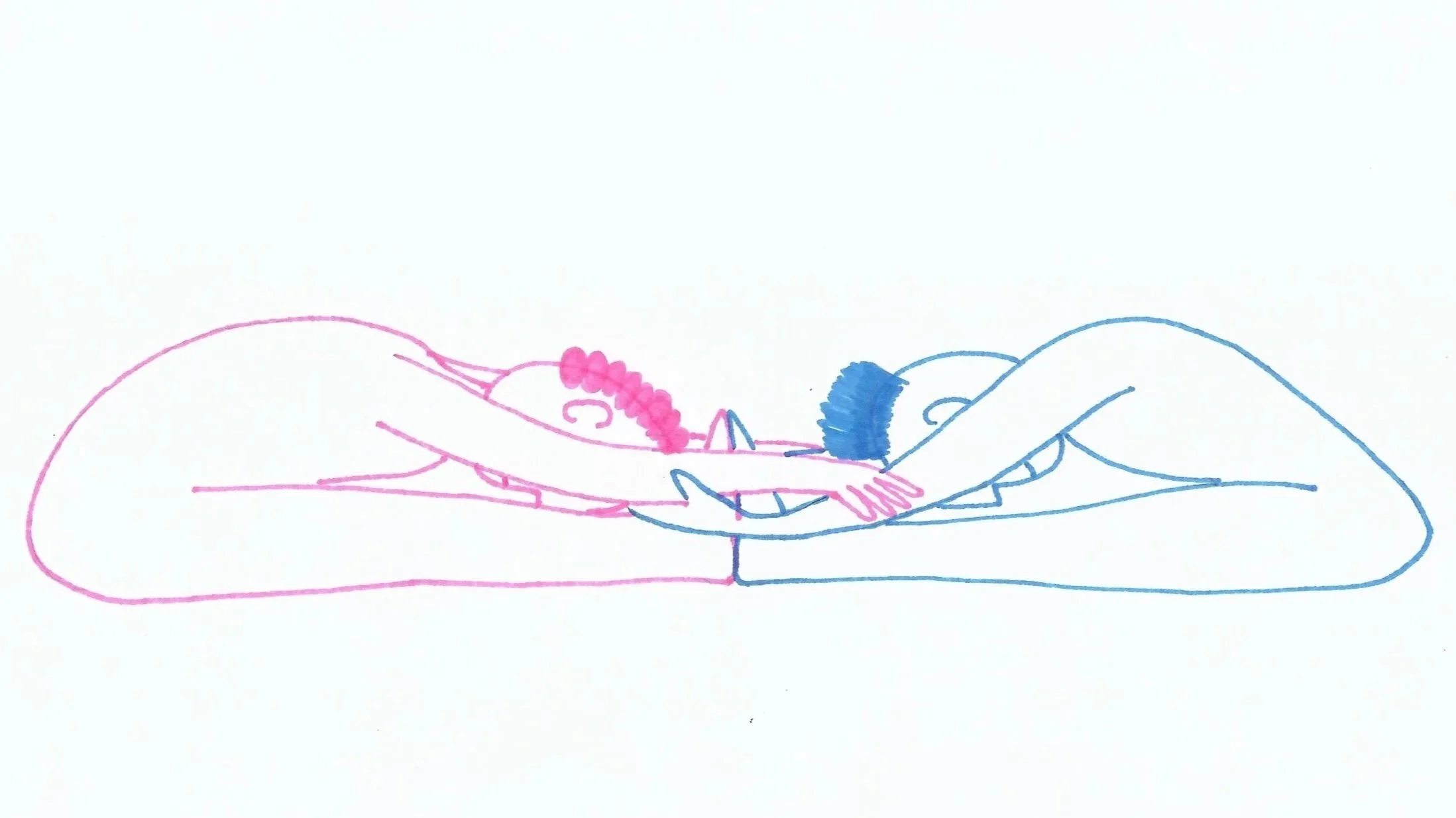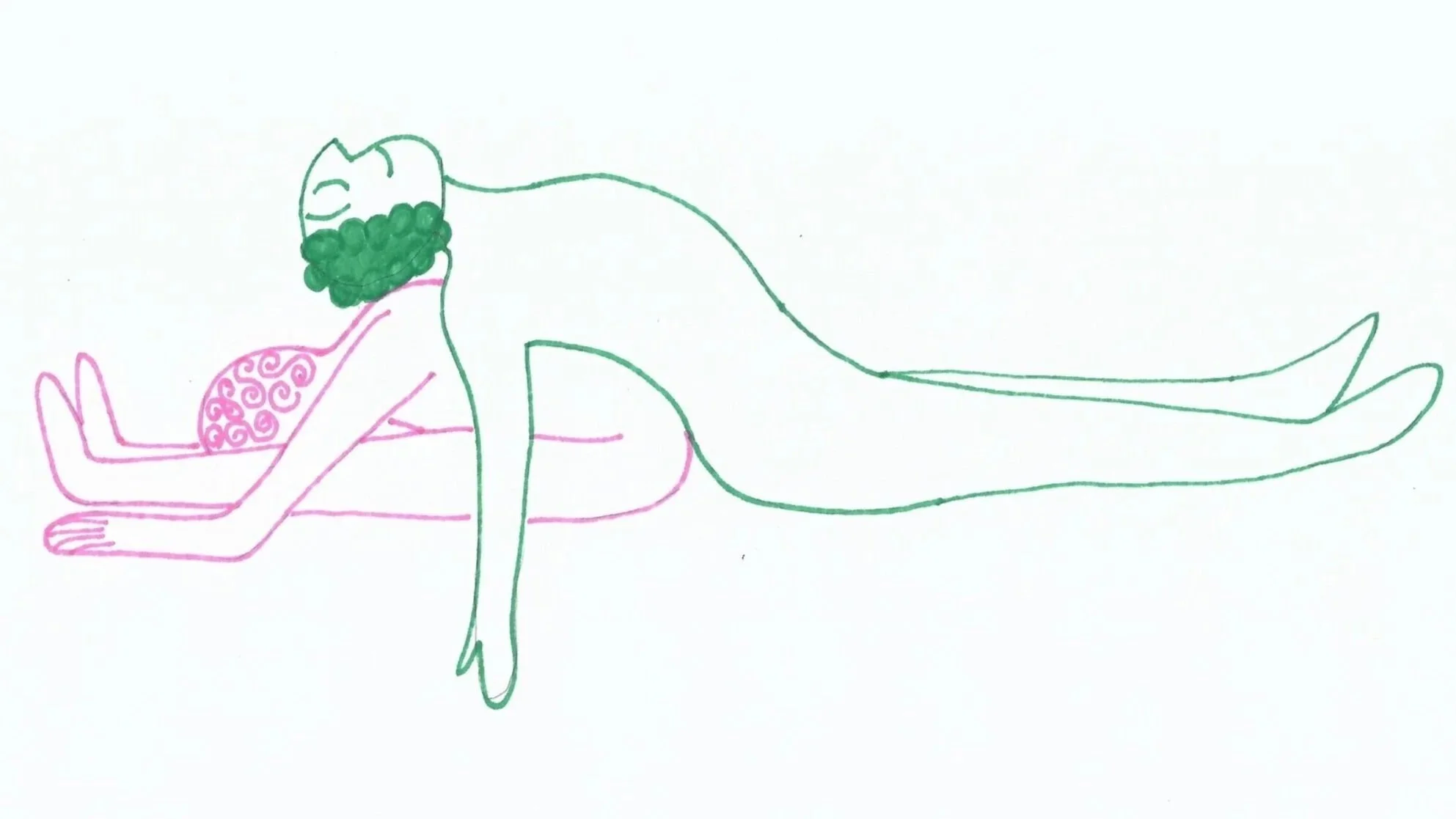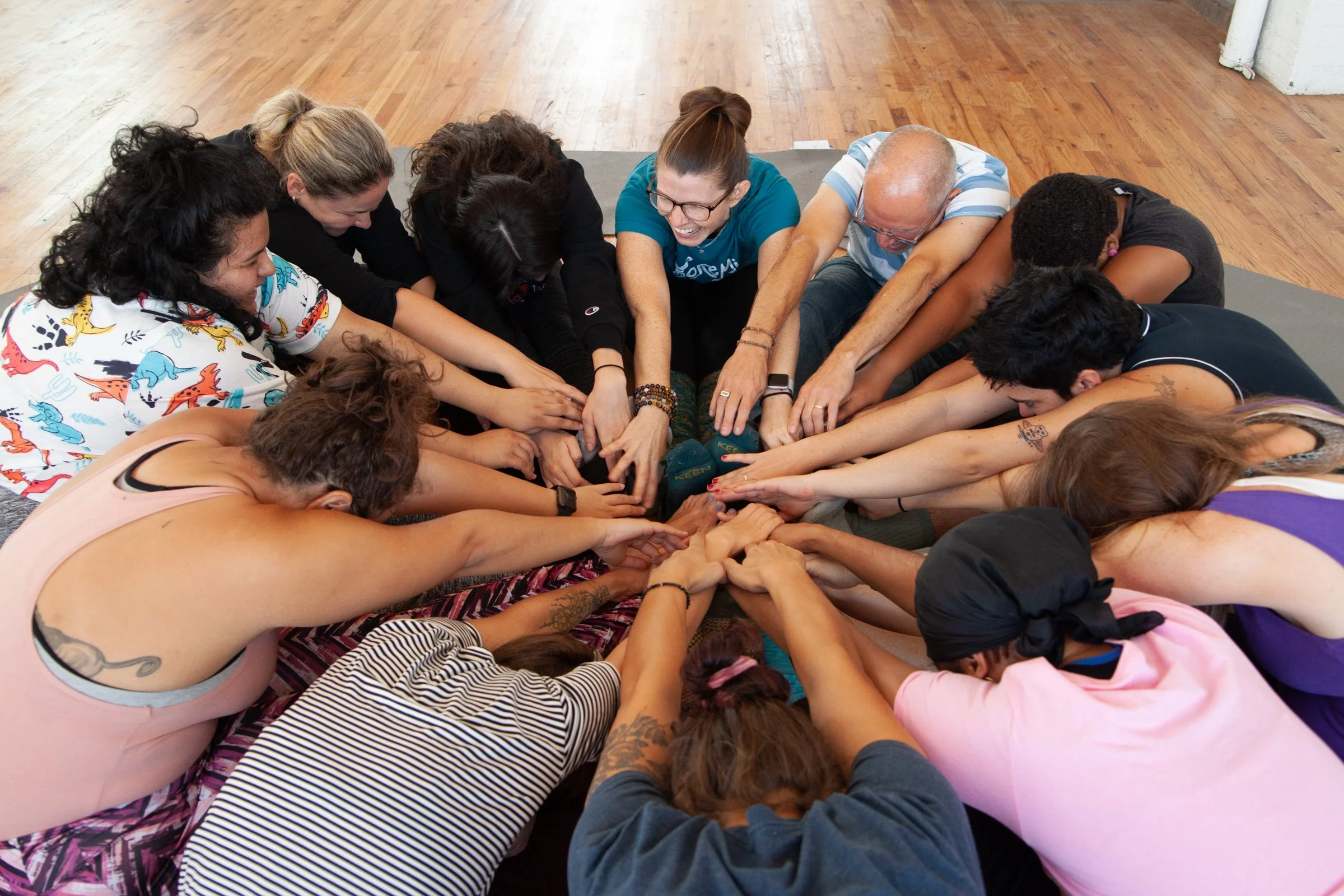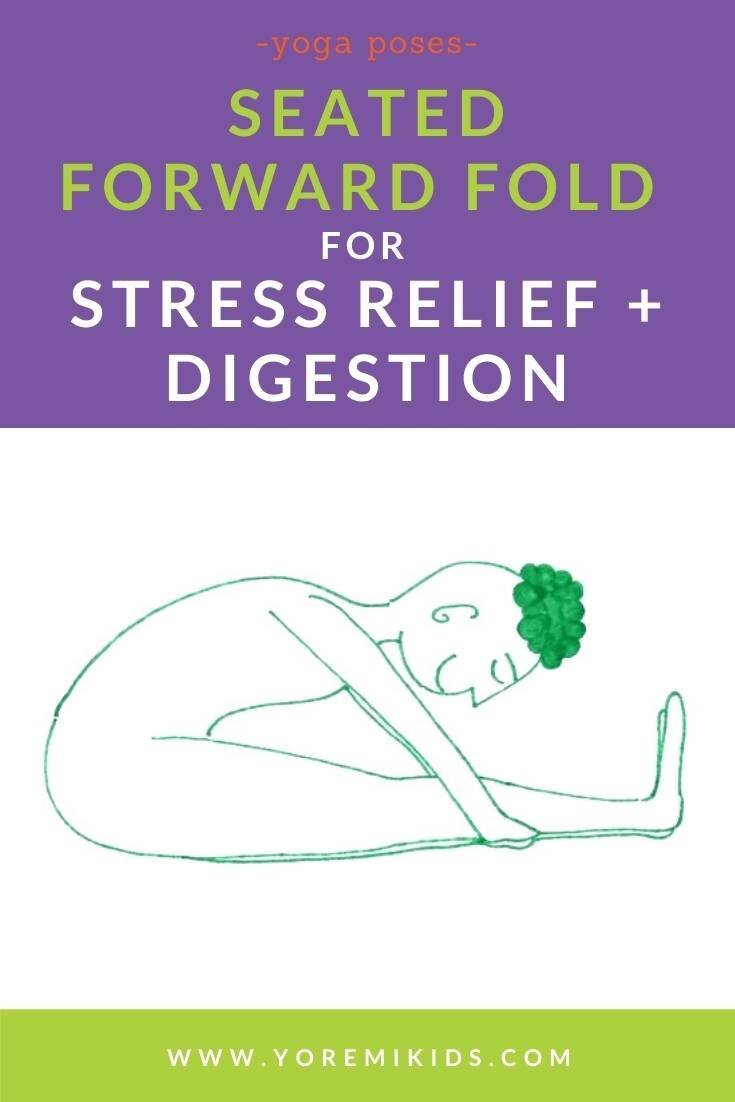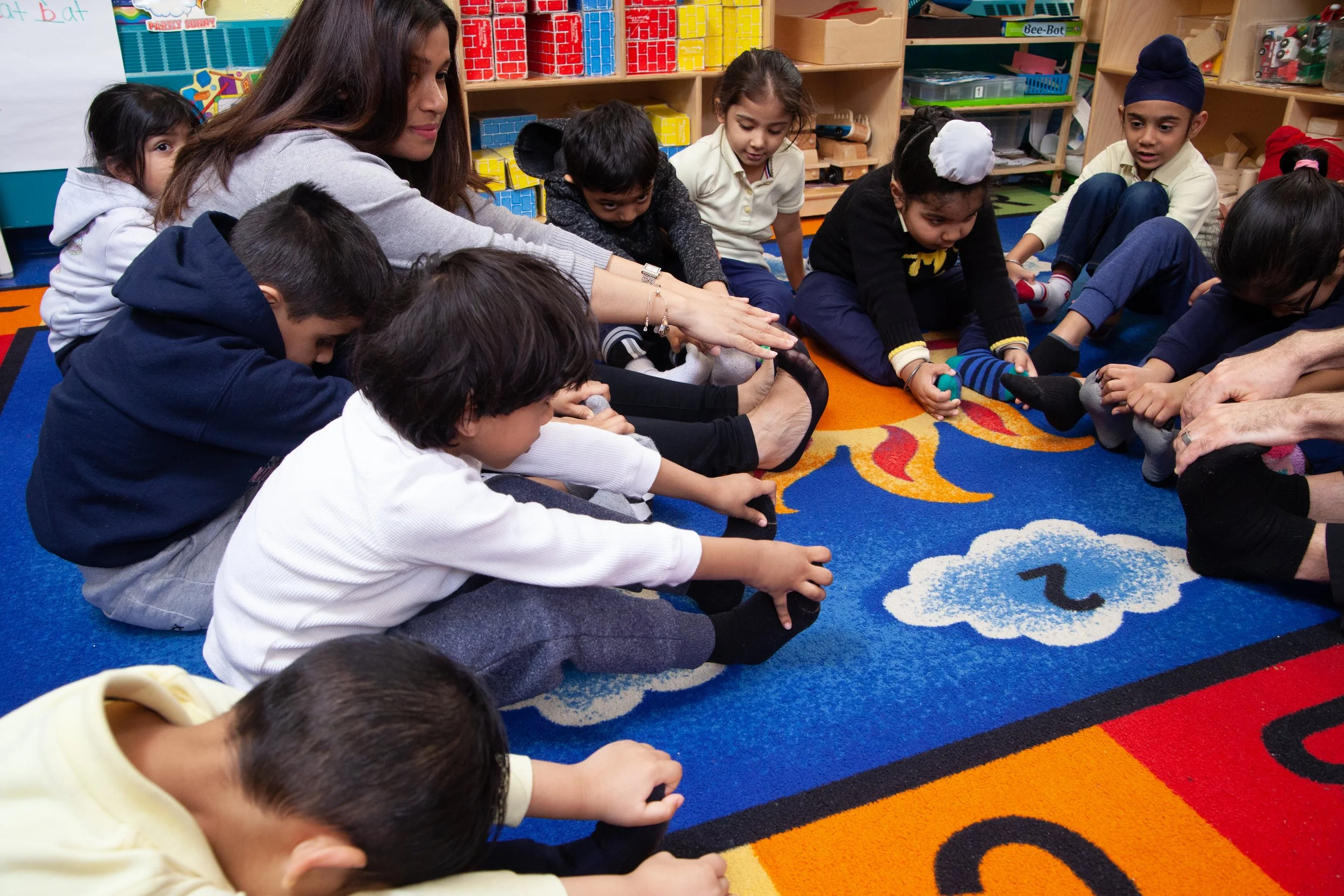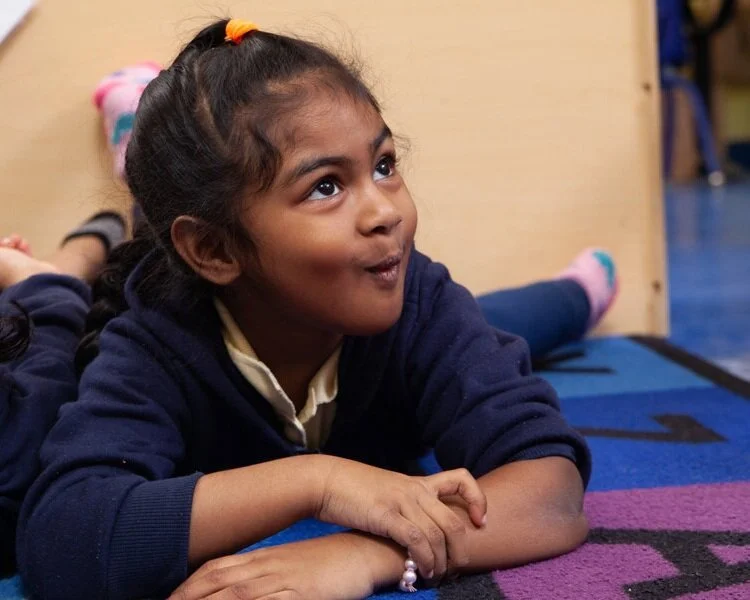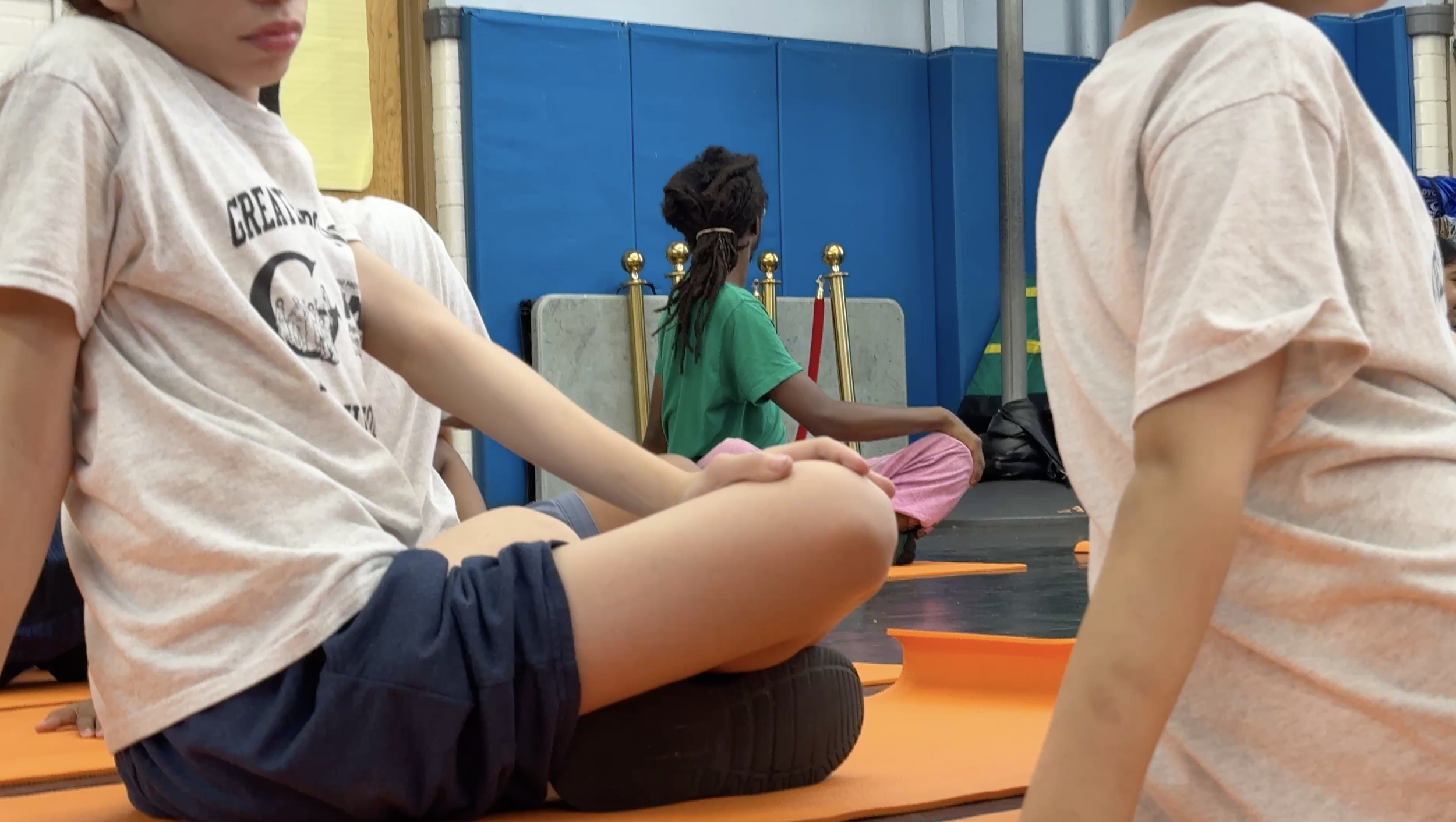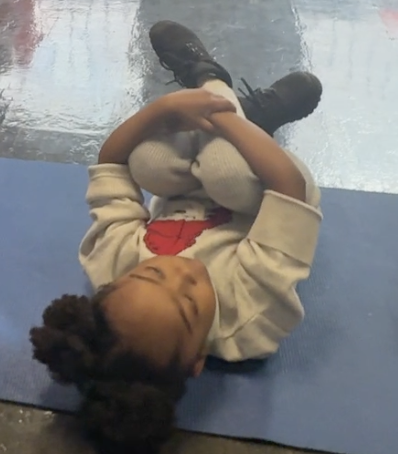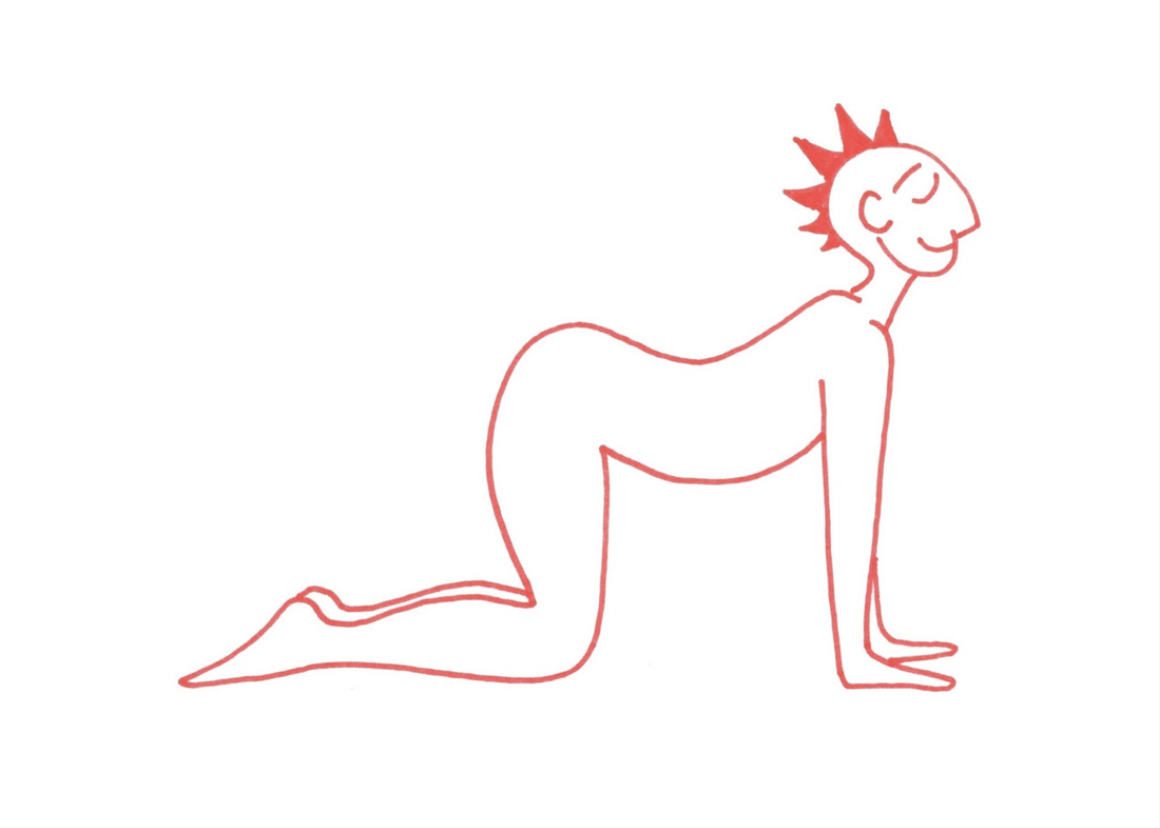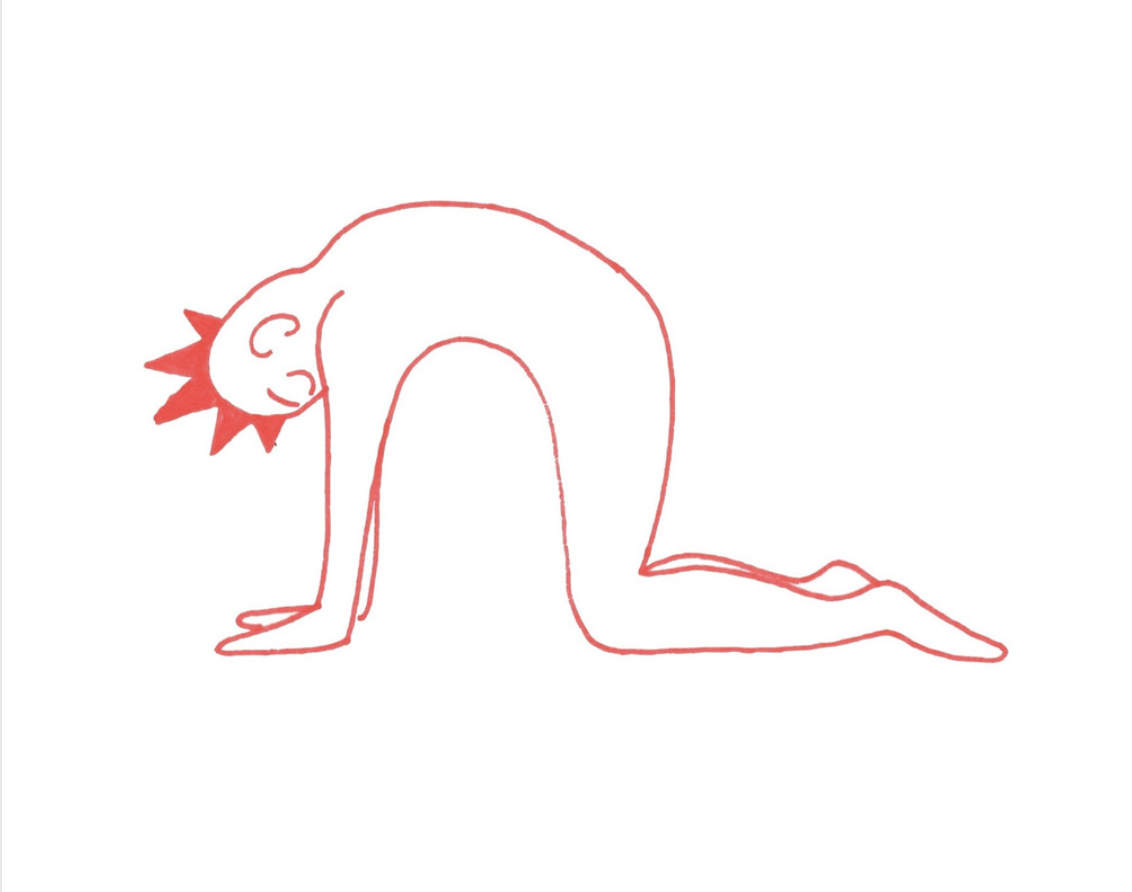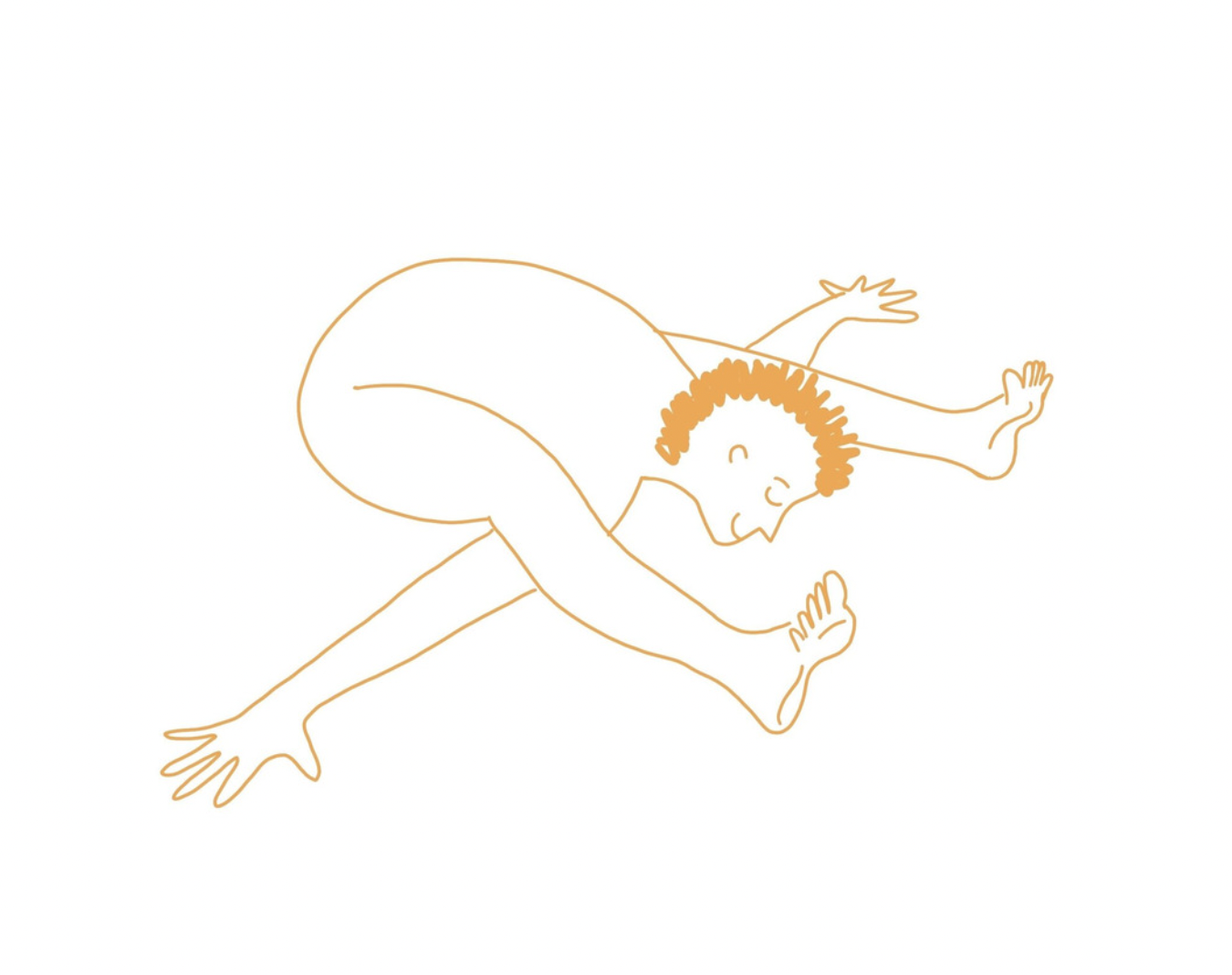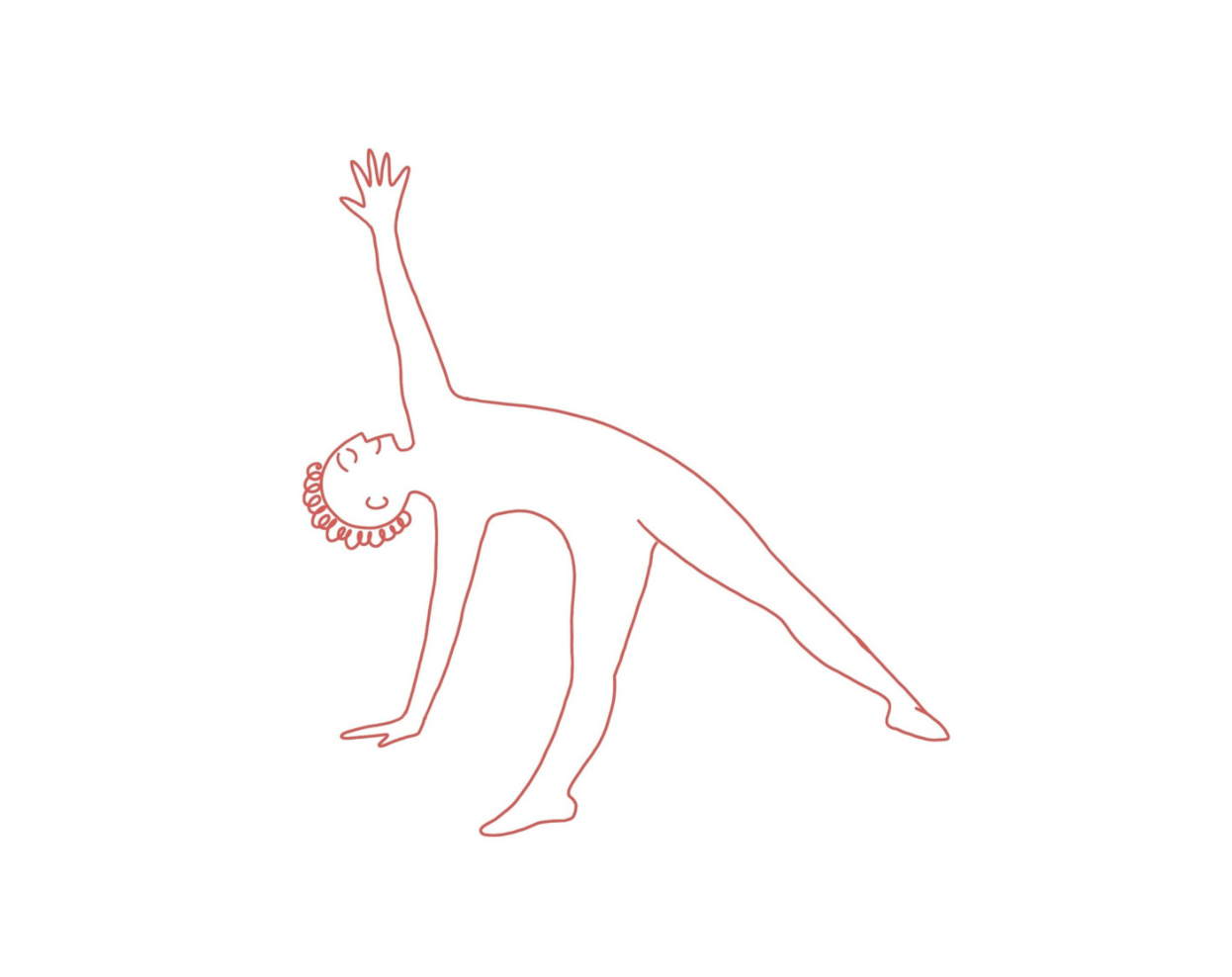Seated Forward Fold for Kids: Calm Minds, Happy Bellies
Note: This post was updated in September 2025 with new tips, research, and activity ideas to help you teach kids yoga and mindfulness with confidence.
TLDR: Seated Forward Fold is a calming kids yoga pose that relieves stress, supports digestion, and encourages mindfulness. With playful variations and partner options, it’s an ideal reset for classrooms, helping children build flexibility, focus, and self-regulation through breath and movement.
Feeling overwhelmed and overstimulated?
Need to relieve stress or anxiety?
Hips and hamstrings ache from sitting too long?
Soothe Yourself in Seated Forward Fold!
Feeling overwhelmed, overstimulated, or just plain wiggly? Kids feel it too…and often their bodies don’t know what to do with all that energy. Add in long stretches of sitting at desks, and it’s no wonder they complain of tight legs or “tummy aches.”
That’s where kids yoga comes in. One of our favorite go-to poses is the Seated Forward Fold (called Paschimottanasana in yoga). This pose may look simple, but it’s a powerful tool for stress relief, digestion, and mindfulness for kids.
Why Seated Forward Fold Matters for Kids
Seated Forward Fold is a beginner yoga pose that is accessible to yogis of all ages and capability. However, it is common for young children’s hamstrings to tighten and shorten as they increase the amount of time they are sitting at desks rather than playing on the floor. For most adults, this pose is quite challenging.
Seated Forward Fold is more than just a stretch. It’s a whole-body reset.
Calms the nervous system → Folding forward signals “safety” to the body, helping kids transition out of fight-or-flight mode.
Relieves stress and big emotions → A natural tool for kids struggling with overwhelm, anxiety, or sensory overload.
Supports digestion → Gently compresses the belly, stimulating digestion and easing discomfort.
Stretches tight hamstrings → Perfect counterbalance for all the sitting kids do in classrooms.
Brings focus and mindfulness → Kids learn to notice their breath, their bodies, and the quiet around them.
For teachers and therapists, this pose is a low-prep, high-impact way to support regulation, transitions, and classroom calm.
Making It Fun: PB&J Yoga (and More!)
In children’s yoga, we make yoga poses fun by having them represent familiar animals and objects. Kids yoga is all about play. Instead of simply saying, “Fold forward,” we bring imagination into the room.
PB&J Sandwich → Pretend to spread peanut butter on your legs, jelly on your arms, then fold forward to squish the sandwich together.
Scuba Dive → Imagine you’re diving under the ocean to look for treasure.
Train Tunnel → Fold forward to ride through a tunnel on a magical train (one of our favorite transportation yoga poses).
Hibernating Bear → Curl forward like you’re settling into a cozy den for winter.
These imaginative layers keep kids engaged, extend their focus in the pose, and sneak in mindfulness: noticing body sensations, paying attention to breath, and grounding in the moment.
How to Teach Seated Forward Fold to Kids
Start in a comfortable seat. Have kids sit on the floor with legs stretched straight in front of them. To make it easier, invite them to sit on a blanket or bend their knees slightly.
Flex the feet. Encourage kids to press through their heels and gently point toes toward the ceiling. This wakes up the legs and protects the hamstrings.
Grow tall. Ask them to press hands beside their hips and “grow tall like a tree,” lifting through the spine.
Hinge from the hips.
Guide them to lean forward slowly, “like a door creaking open,” folding from the hips rather than rounding the back.Find a landing spot. Hands can rest on shins, ankles, or feet…wherever is comfortable. No need to grab toes!
Breathe into the stretch. Invite them to inhale and lengthen the spine, then exhale to fold a little deeper. Repeat for 5–10 breaths.
Rest and release. Encourage soft faces, relaxed jaws, and shoulders melting away from the ears. Flutter lips or sigh to release tension in the jaw, neck and shoulders.
Come back slowly. On an inhale, ask them to lift the chest and sit tall again, noticing how their body feels after the pose.
Educator & Therapist Tips
Don’t force the stretch. The goal isn’t touching toes! It’s calming the body and mind.
Use props. Blankets, yoga straps, or bent knees make this accessible for everyone.
Don’t pull or force your way into a deeper bend but think about lengthening and releasing to deepen the pose.
Avoid locking the knees by engaging the quadriceps. If you tend to hyper-extend at the knee joints, micro-bend the knees in the pose.
Model the pose. Kids learn regulation by watching us co-regulate.
Integrate often. Perfect after recess, before a test, or as an end-of-day ritual.
Make it multisensory. Pair the pose with music, guided imagery, or tactile props to anchor attention.
Partner Forward Fold = SEL in Action
Forward Fold becomes even more powerful when done in pairs or groups. Partner yoga isn’t just fun…it’s a powerful way to build social-emotional learning (SEL) skills like respect, empathy, and cooperation.
Seated Forward Fold is especially great because both partners are on the ground, making it safe, supportive, and approachable. It’s a low-stakes way for children to practice communication and teamwork.
Here’s a simple way to try it:
Face-to-Face Fold:
Sit facing each other with the soles of your feet touching.
Hold hands or wrists and gently rock back and forth like a seesaw, taking turns folding forward.
Once that feels comfortable, try folding forward at the same time, holding lower arms or elbows for support.
This playful variation strengthens not just bodies, but relationships, helping kids learn to move together, listen to one another, and build trust.
Partner Sequence: Move the Spine in All Four Directions
To keep our spine healthy we should be move in all four directions throughout the day. However, most of us only ever bend forward and often from the waist rather than the hips, straining our lower back.
Practicing both seated and standing forward fold is a great way we can re-train ourselves to bend forward properly while regaining or maintaining flexibility of the hips and hamstrings.
Try this playful partner yoga sequence. It gets kids moving the spine in all four directions: forward, backward, sideways, and twisting.
Back-to-Back Four Directions Sequence:
Back-to-back start - Sit back-to-back with your partner, legs crossed. Take a few moments to notice your own breathing and feel your partner’s breath too. Sometimes your rhythms will even sync up naturally.
Arm flow - Breathe in and raise arms up. Breathe out and lower arms down. Repeat once or twice to connect.
Side bends - Inhale, arms up. Exhale, bend together to one side, placing one hand on the floor for support and reaching the other overhead. Stay for a few breaths. Inhale back to center, then switch sides.
Twists - Inhale, arms up. Exhale, twist to the right — right hand to your partner’s left knee, left hand to your own right knee. Hold for a few breaths. Inhale back to center, then twist to the other side.
Forward + backbend combo - Extend legs out in front. Inhale to lengthen your spine. Exhale as one partner folds forward while the other releases into a supported backbend. Stay for a few breaths, then switch roles.
Make sure whenever you are doing partner yoga poses, you have established respect for one another and have a word partners can use to safely end and exit the pose. This will ensure everyone feels safe while practicing together.
Why Forward Folds Work: The Brain-Body Connection
When kids fold forward, their bodies send powerful messages to their brains:
“You are safe.” This activates the parasympathetic nervous system (the body’s “rest and digest” mode).
“You can focus.” Forward bends bring awareness inward, reducing external distraction.
“You can release.” With practice, kids learn to use the pose as a self-regulation tool for stress or sensory overwhelm.
In other words: Seated Forward Fold isn’t just stretching muscles. It’s building resilience.
Big Picture: Yoga for Kids & Mindfulness in Education
Seated Forward Fold reminds us that calm isn’t compliance, it’s connection.
When kids practice yoga poses like this, they’re not only gaining flexibility. They’re learning how to slow down, breathe, and notice what’s happening inside. That’s mindfulness for kids at its most accessible.
And when teachers, therapists, and homeschoolers weave these tools into the day, we’re not just teaching yoga… we’re helping kids build lifelong skills for focus, self-awareness, and stress management.
Next Steps for Educators
If you’re ready to integrate Seated Forward Fold and other mindfulness for kids strategies into your teaching practice, check out our online Kids Yoga Teacher Certification. You’ll learn how to bring musical yoga and evidence-based mindfulness tools into your classroom and be supported by a vibrant community every step of the way.
READ NEXT: More kids yoga & mindfulness for kids resources
FAQ: Why teach Seated Forward Fold in kids yoga?
Seated Forward Fold stretches tight hamstrings and calms the nervous system, making it ideal for after sitting or high energy. When taught with playful themes and affirmations, it becomes a powerful mindfulness tool for focus, digestion, and emotional regulation.
SAVE THIS POST
Help other educators and caregivers learn more about Seated Forward Bend yoga benefits.

